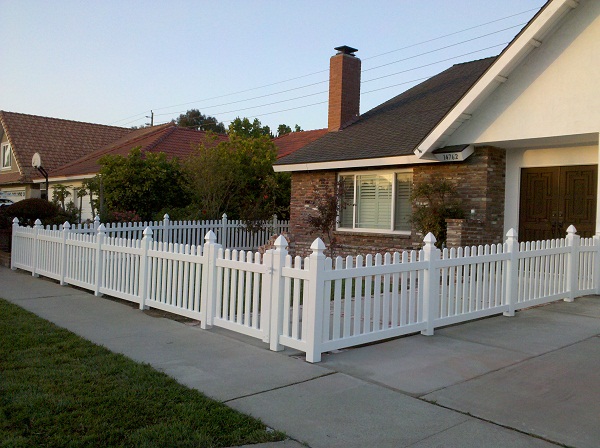
Vinyl fencing is the youngest and most cost effective fencing option on the market. It adds a mark of class and good taste to any outdoor space, and is quickly growing in popularity because it is virtually maintenance-free.

What Is Vinyl fencing?
It is fencing made from a PVC compound, and is part fiberglass and part polypropylene. Scientists and fencing experts began experimenting with vinyl as early as the 1950s, but did not create a marketable product until the early 1980s. Today, it comes in a variety of different styles to fit seamlessly into any backyard or outdoor space.
How Is It Different?
It is different than wood and metal fencing options for a variety of reasons. First, vinyl is the only fencing option that comes with a lifetime warrantee from the manufacturer. It is lower maintenance than wood, and less expensive to install than metal. Unlike either of the other fencing options, it will not warp or bend overtime, and should never be replaced.
What Are the Benefits of Vinyl Fencing?
There are a number of benefits to installing vinyl fencing. Vinyl is not porous, so it can be used in areas with a harsh climate, without sustaining damage from salt winds, freeze cycles, or other elemental concerns. It will not rot, warp, or become damaged by insect infestations. It does not need painted, sealed, or sanded, and won’t ever discolor. It is environmentally friendly and contains no harmful chemical residues, which makes it fully recyclable. Finally, it has smooth edges so you never have to worry about splinters, scrapes, or cuts.
What Can You Expect to Save By Installing Vinyl?
Vinyl fencing costs about 20 percent less than metal fencing to install, and saves at least 50 percent over its lifetime. Wood fencing is cheaper to install, but homeowners should expect to save between 60 and 70 percent over the fence’s lifetime when going with vinyl.




